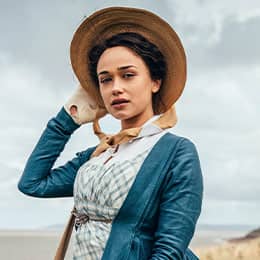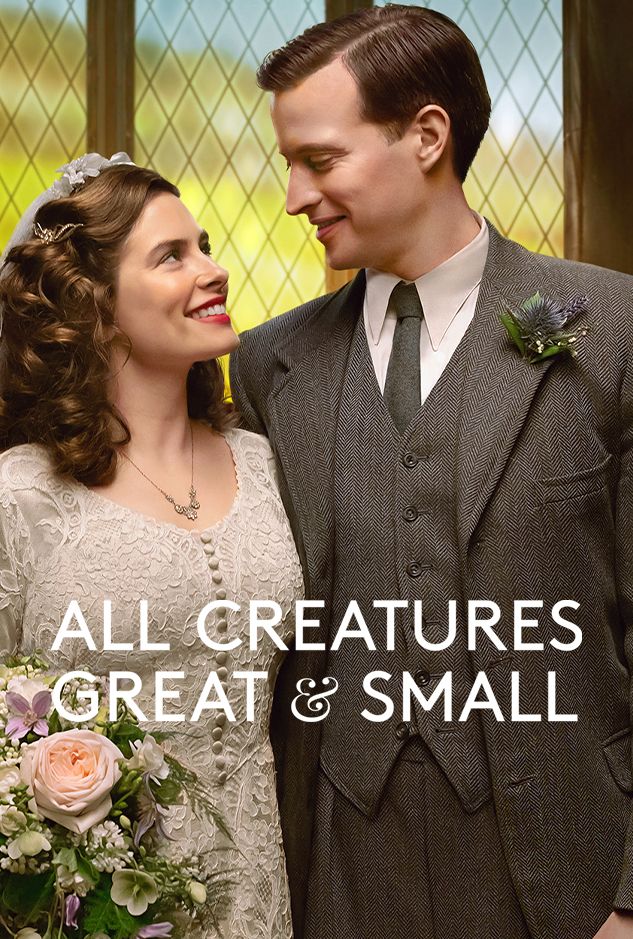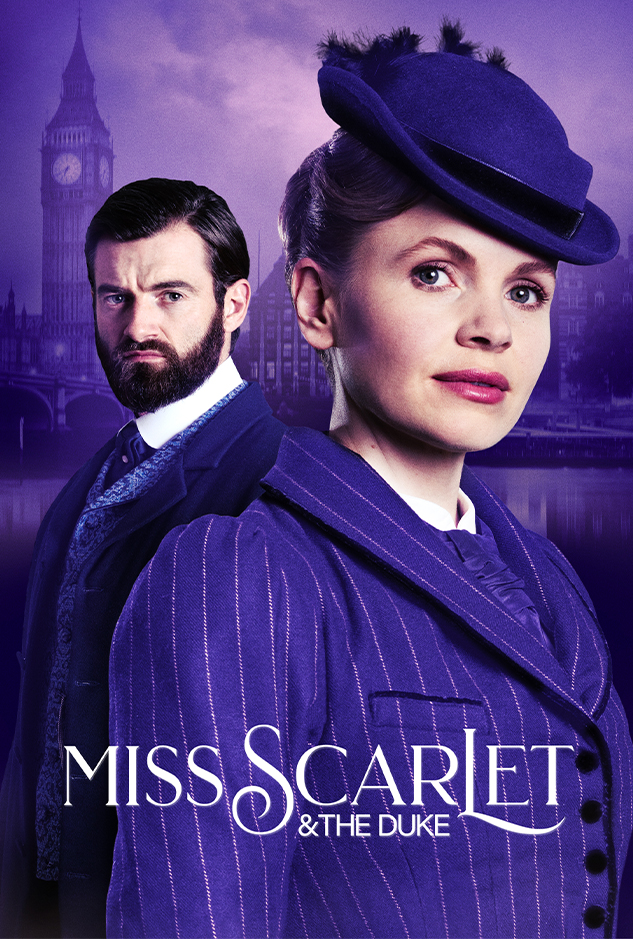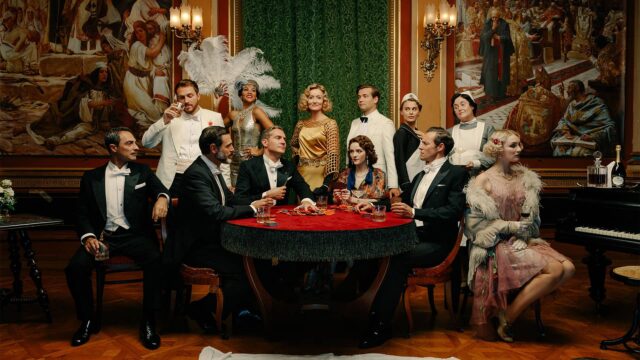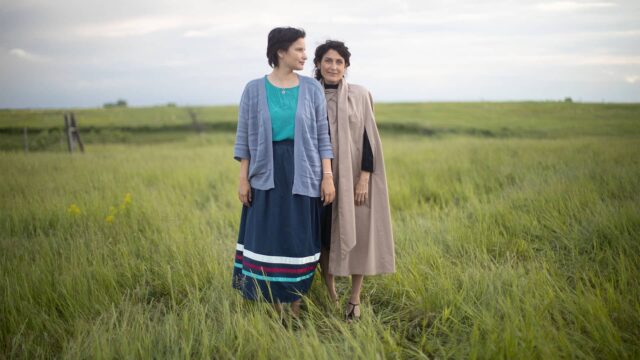Surprising Facts About the Regency Era Seaside
Bracing sea air, extravagant parties with the elite, and even the opportunity for a romantic flirtation—seaside resorts like Sanditon were once all the rage. But what was it really like to spend time at a Regency-era resort? From professional dippers to donkey rides to Jane Austen’s actual visits to these seaside towns, we dip into the intriguing history of how Britain’s resort phenomenon took hold and flourished.
- 1.
Sea-Bathing Had Bracing Beginnings

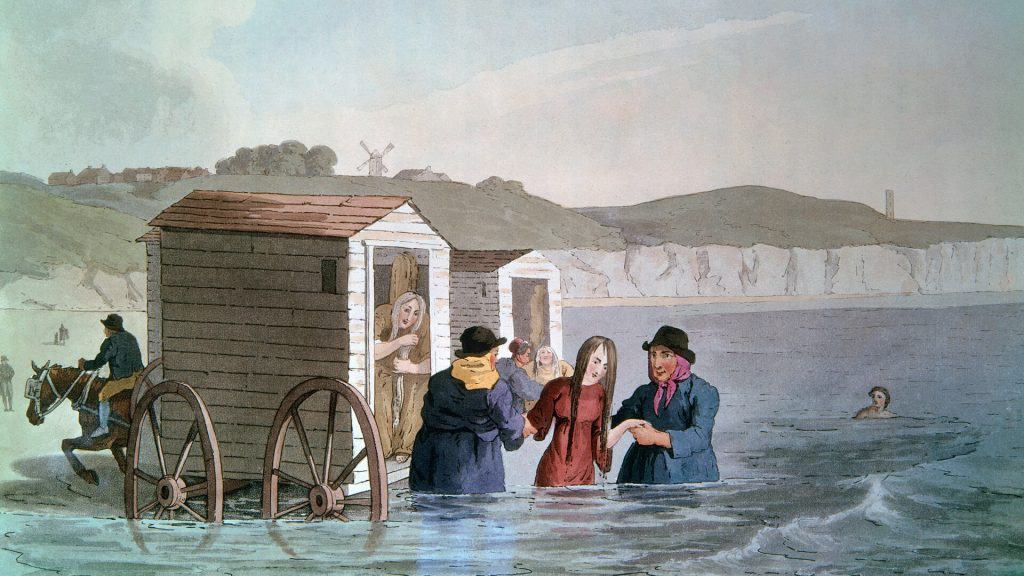
Sea-bathing at Scarborough Before the late 18th century, the sea surrounding England was regarded as something to keep foreigners out and fish coming in. But in the late 1700s, the medical community began making claims about salt water’s therapeutic properties. With few options for successfully treating sick patients, physicians recommended sea-bathing, breathing the bracing air (or “ozone”), getting seaweed rubdowns, and even drinking seawater to cure and possibly prevent certain conditions.
Many doctors further advised that winter was the best time of year for these activities. They believed entering the ocean with open skin pores was dangerous. Better to take the plunge when it was cold and learn to buck up.
- 2.
Napoleon Influenced British Staycations

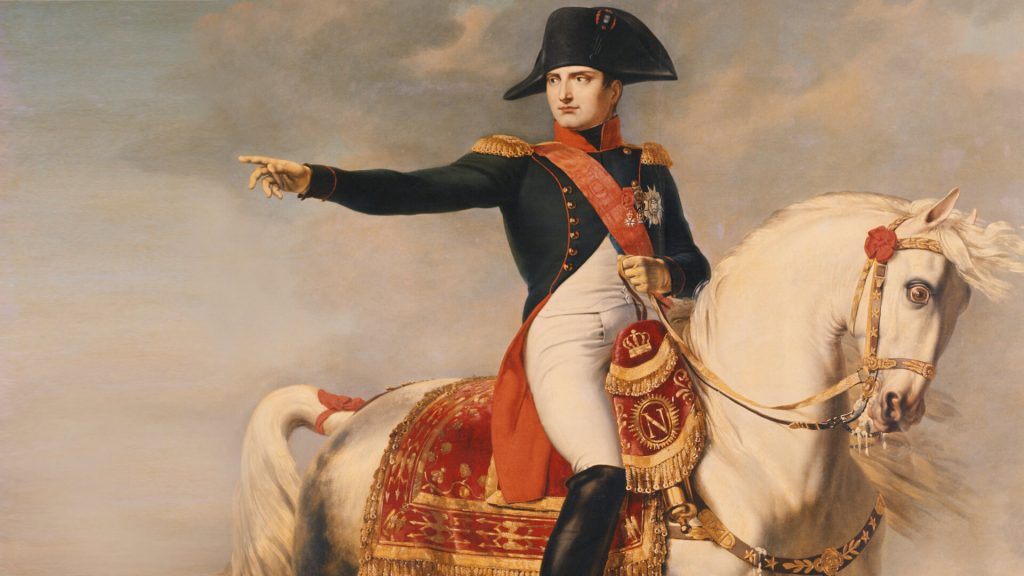
Napoleon Bonaparte, Emperor of France As Napoleon flexed his muscles throughout Europe into the early 1800s, Britain’s upper classes could no longer safely summer on the continent. Minus international getaways, England’s well-heeled turned to their own coast for summertime fun. The appeal of seaside resorts broadened, and the strictly medicinal view of sea-bathing was outstripped by the simple joys of nature—walking the sand, enjoying fresh air, and taking in the view. The Regency years ultimately shaped Britain’s concept of beach days.
- 3.
Professional “Dippers” Staffed Bathing Machines

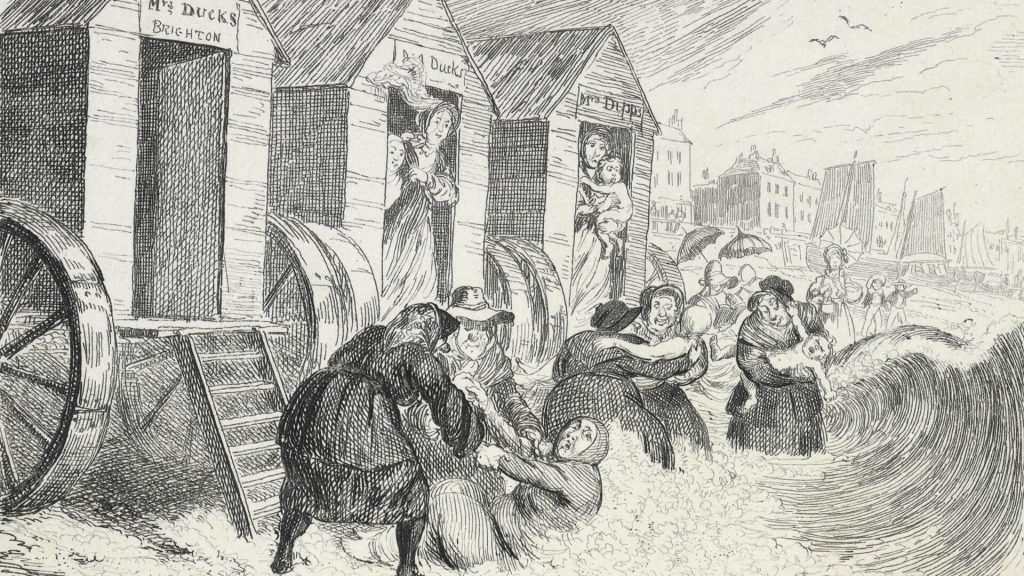
The sea-bathing ritual continued, with ladies relying on uniformed attendants called “dippers” to take the plunge. So-called “bathing machines,” essentially a two-doored, wooden dressing room on wheels, were pulled by horses out to deeper water. Inside, female bathers changed into simple shift dresses and then entered the ocean from the backdoor, concealed from public view. (Bathing machines were primarily a feminine affair, as it was acceptable for men’s bodies to be seen.) Since few ladies could swim, it was the dipper’s job to administer the saltwater cure—easing clients out of the wagon and submerging them in the waves. Professional dippers, often women themselves, were dependable figures of reliable strength and assurance. They judged each bather’s stress, the size and strength of waves, and monitored how long a bather stayed in the water.
- 4.
Austen Herself Took “the Cure”

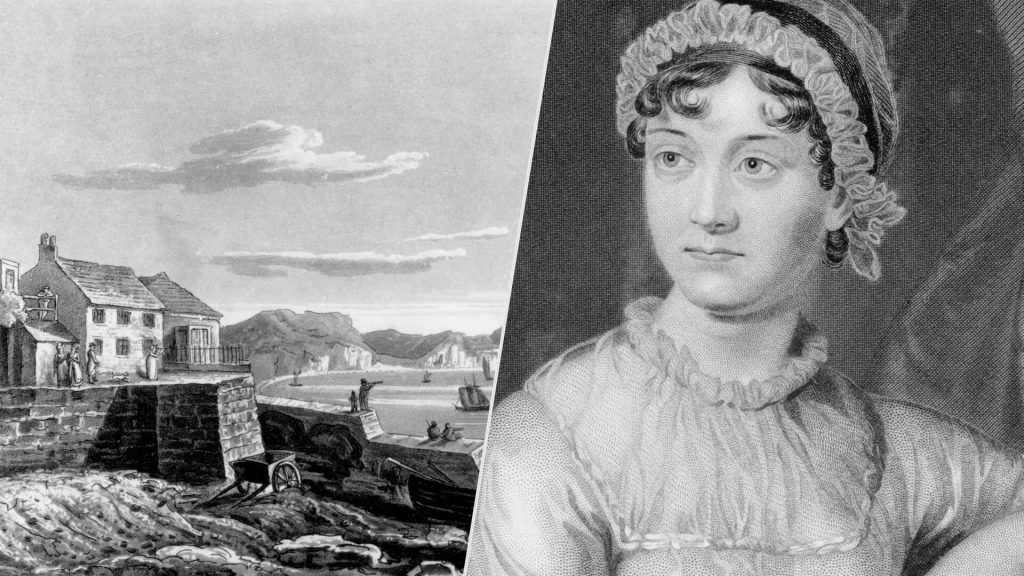
Left to right: Lyme-Regis, early 19th century; Jane Austen Jane Austen summered on British shores after her father retired. The Austen family took time off in the beach towns of Worthing, Dawlish, Sidmouth, and Lyme Regis, among others. In several of her novels, Austen sends characters to different resorts for adventure. And her personal letters reveal she enjoyed both the area’s natural beauty and sea-bathing itself, writing her sister, “The Bathing was so delightful this morning and Molly so pressing with me to enjoy myself that I believe I staid [sic] in rather too long.”
In her unfinished ‘Sanditon’ manuscript she wrote, perhaps sardonically, “The Sea air and Sea Bathing together were nearly infallible, one or the other of them being a match for every Disorder…” But was Austen herself convinced the ocean could cure all ills? We don’t know, but she certainly had fun in her books with the fashion of resort life and with characters like Tom Parker who were convinced of the ocean’s miraculous properties.
- 5.
Resorts Were a Hunting Ground for Romance

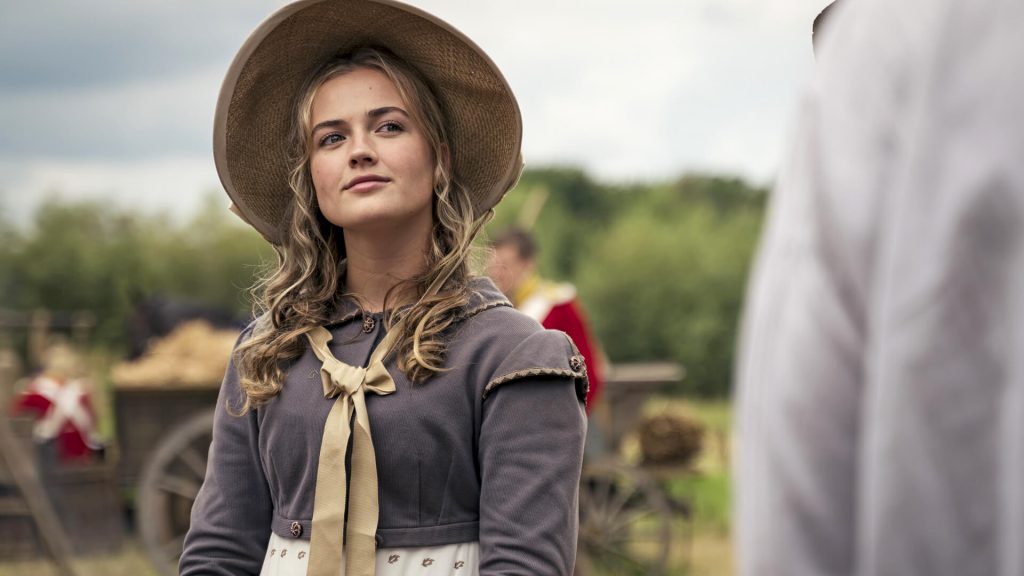
Seaside towns furnished singletons with a pool of eligible partners from society’s upper ranks. With little exception, those staying at resorts were people who could take time off and not worry about lost wages: the higher professional ranks, gentry, and aristocrats. A British military presence also lingered after the Napoleonic Wars and further energized the community. With genteel company strolling the promenade, congregating in billiard and tearooms, and filling ballrooms, resort towns offered a buzzing social scene and great opportunity for those in search of matrimony.
- 6.
Painting “En Plein Air” & Donkey Rides Were Fads

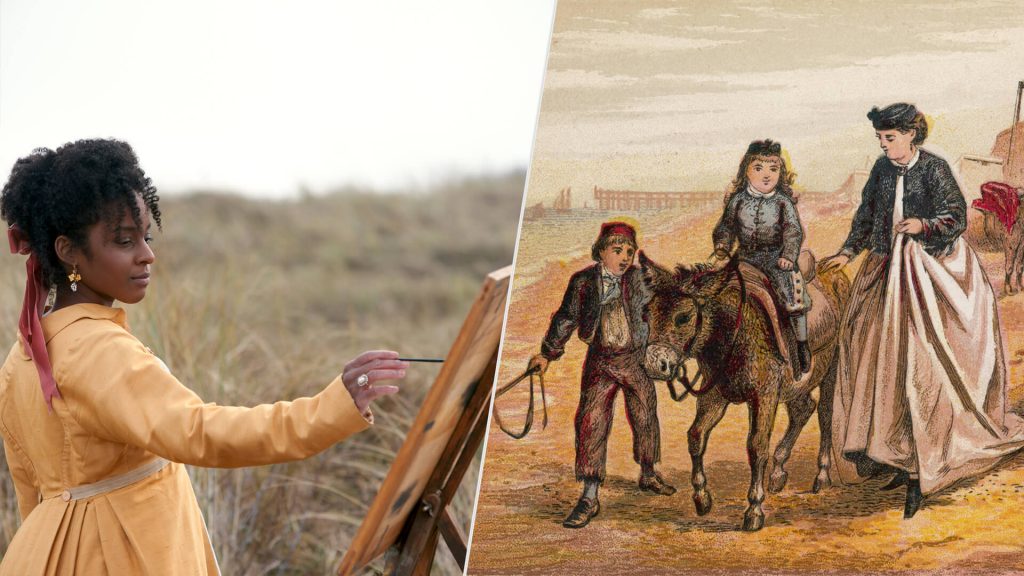
Beach trippers appreciated the same pleasures we do today: Sitting on or walking the beach, reading, watching boats, and collecting shells. But they also found riding donkeys entertaining and explored the new trend of painting “en plein air” (outside). Starting and finishing a landscape painting outdoors was a new thing and became the preferred way for artists to capture details of light and weather. The invention of portable easels and oil paint in tubes further supported the practice, and this “en plein air” approach soon became fundamental to the impressionist movement.
Meanwhile, recreational donkey races on hard sand took place as early as the 1770s and ladies in gowns were known to take donkeys for a trot atop seaside cliffs. (If you watched Sanditon Season 1, you might recall that Lady Denham’s will leaves her entire fortune for the development of Sanditon—and the foundation of a “Donkey Stud” in her name!) In fact, donkey riding is still a summer vacation tradition on British coasts today.
- 7.
Creating a Resort Took Deep Pockets

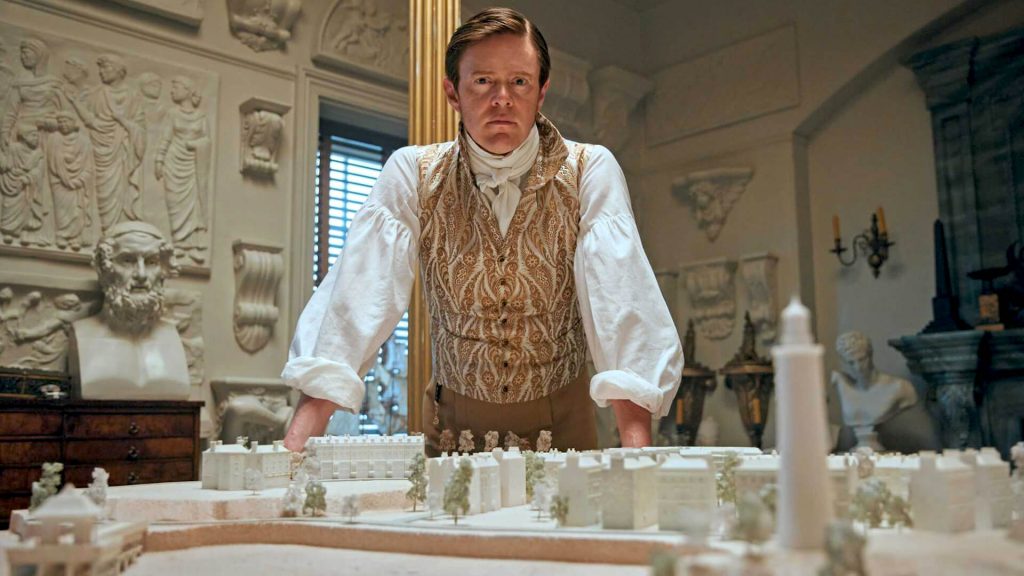
People committed to making money—like Tom Parker and Lady Denham—speculated on coastal property to cash in on sea-bathing’s popularity. They invested in turning fishing villages into fashionable spa retreats or started resorts from scratch.
Developers built new hilltop homes in the most modern architectural style (neo-classical) for the very wealthiest, constructed rows of attached residences (to resemble one impressive mansion) along the water for renters; and flipped existing cottages into boarding houses. Amenities like promenades, formal gardens, and stately “assembly rooms” for public events were added. These efforts were largely a good investment, although success depended on selling or renting the completed buildings.
- 8.
Resorts Used Influencer Marketing

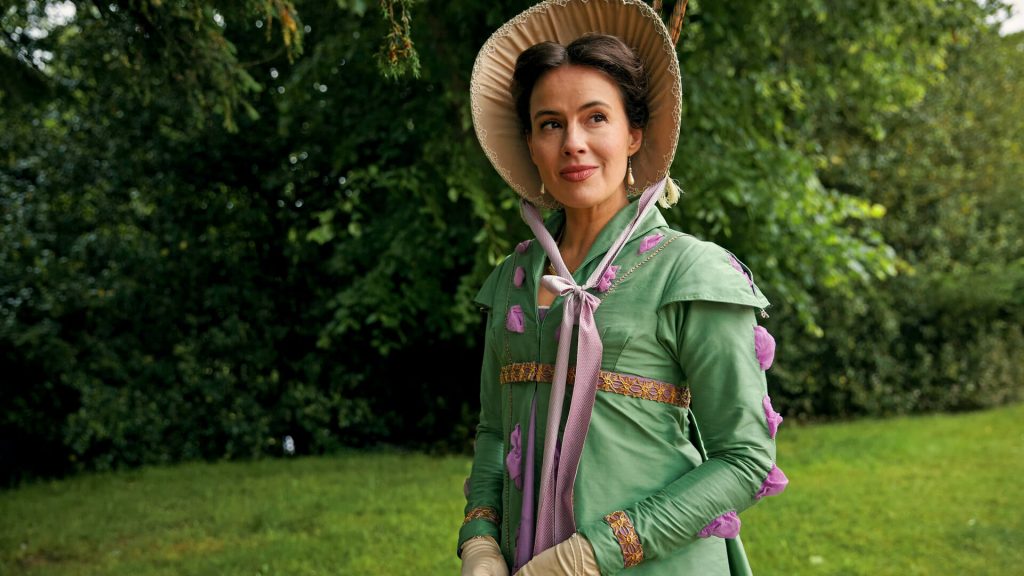
The character of Lady Susan, rumored to be the Prince Regent's mistress A seaside town’s earning potential was closely tied to a thumbs up from high society—remember Tom Parker’s excitement when Lady Susan brought her entourage to Season 1’s regatta? Many small towns lured the rich with the latest architectural design in buildings constructed to house and entertain them. French aristocrats fleeing Napoleon also found their way to Britain’s coast and added their own je ne sais quoi. The talented chefs, dressmakers, and other skilled staff these continental elites brought with them helped make resort society très chic.
Towns such as Cheltenham, Eastbourne, and Bournemouth attained a certain level of popularity during the early 1800s, but none could compete with Brighton, thanks to the British Prince Regent’s frequent visits there.








